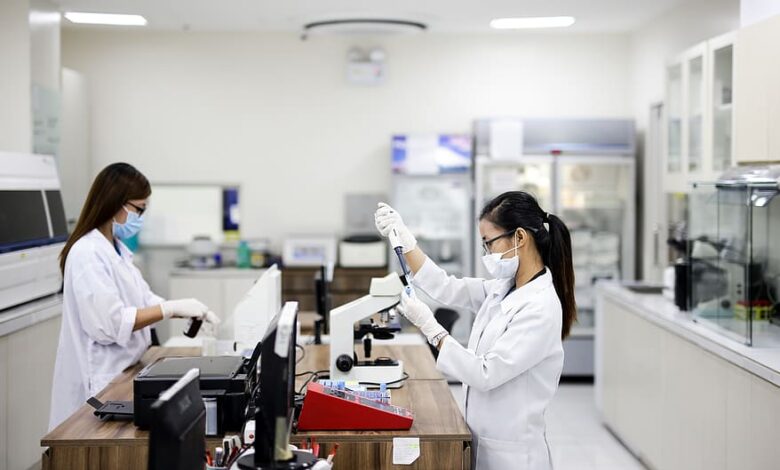Understand Available Bioanalytical Solutions for NCE and Biologics Bioanalysis



NCE or the process of discovering a new chemical entity for its therapeutic efficacy and developing it further involves a hefty amount of around 1 billion dollars. Furthermore, it takes more than 10 years for it to be available for mass availability.
The process of drug discovery and development generates compounds and subsequently evaluates them for all their properties for determining the feasibility of selecting at least one novel entity for exploring its potential for becoming a safe and an efficacious drug. Drug discovery and developmental strategies are also witnessing radical changes. Say for example, the importance of the contribution of pharmacokinetic parameters to both the processes of drug discovery and development is increasing on daily basis. Furthermore, the toxicokinetic analysis has now become an important parameter to be established as a critical part of the toxicokinetic analysis.
Bioanalysis is thus acknowledged as a key emerging field throughout the process of drug discovery and developmental processes. Over the span of decades, a plethora of bioassays have been developed for all the potent new chemical entities for aptly supporting different drug discovery and developmental stages. These are also inclusive of the metabolite assays.
Prior to the implementation of the bioanalytical method for routine applicability, it was widely recognized to be validated and demonstrated for its intended purpose. Any bioanalytical method validated through the principles of good laboratory practises should support all the developmental studies. Food and Drug Administration recommends at least the following parameters for evaluation – calibration model, selectivity, accuracy, quantification limit, stability, etc. Additional parameters may be inclusive of limit of detections, specific laboratory investigations, ruggedness, recoveries, etc. Analytical method involves validating through the application of specific laboratory investigations supplementing the performing characteristics of the analytical methods that are both suitable and reliable to justify their intended applications.
Validated analytical methods for qualitative as well as quantitative analyte and biomarker evaluation are crucial for success of the non-clinical, clinical pharmacology, and biopharmaceutical studies. Such validated methods provides critical data supporting both the safety and efficacy of the drugs and biological products.
Bioanalytical methods exhibit a purpose of defining the design, conditions of operation, limitations, as well as the method suitability for all their intended applications thereby ensuring that the methods stands validated. Prior to the development of any bioanalytical method, it is imperative for the sponsor to understand the analyte of interest facilitating the consideration of prior analytical methods that can be applied timely.
Although, there is no stringent requirement of any extensive documentation, sponsor should responsibly record any deviations to the protocols and issues noticed during the course of bioanalysis and bioavailability. Furthermore, it also becomes imperative to record the resolutions to such issues throughout the bioanalytical development for providing a rationale of changes throughout the method development. The validation of such methods proves that they are optimized to justify the analysis of the samples under consideration. Also, the calibration curve should be reproducible in addition to being continuous. The sponsor should employ the most simplest method for defining the concentration-response relationship.
